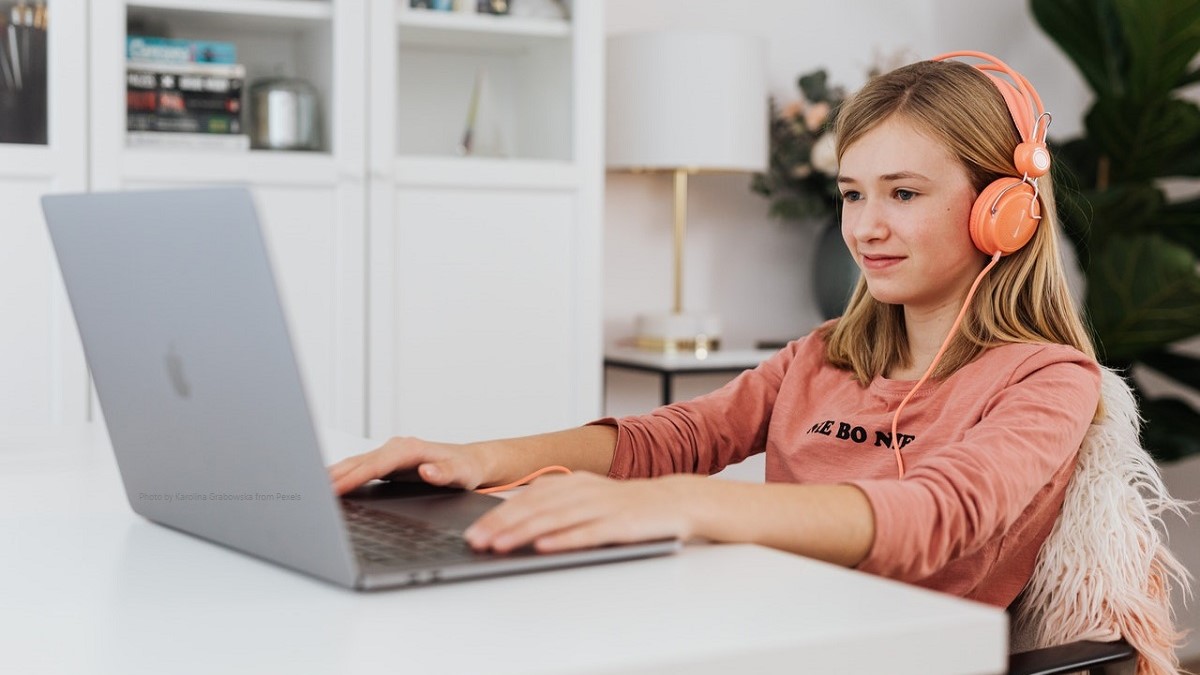
With almost a year of considerable use of education technology, including web-enabled devices, large-screen interactive panel displays, video conferencing software, learning management systems, and web cameras, the need to keep students safe is greater. At the beginning of the school year, most districts made sure parents and students signed some type of Acceptable Use Agreement for online learning and digital resources to ensure a safe learning environment. What are general safety reminders and expectations teachers and parents need to make sure are followed?
Internet Safety Reminders and Expectations
- Students should be given a school email address and username for correspondence and submitting schoolwork. Teach students about appropriate language and content for email messages, including a reminder to re-read before hitting ‘Send.’
- Email messages, chat functions, and message boards should be monitored. There are technology tools available that can monitor student-generated content 24-7, identifying potential red flags such as key words associated with bullying, drug use, self-harm, violence, and more.
- District and school IT Coordinators will work to make sure that software and programs being used by staff and students are updated and any needed patches are installed. Parents should make sure to do the same at home to protect their family’s privacy. This includes a secure wireless network with a password.
- Students should be taught to not reply to messages that make them feel bullied, unsafe, and threatened. They should report any such messages or attempts at messaging to their teacher(s) and parents.
- Before downloading new apps or software, remind students to ask parental permission. There may be apps and software outside of what is provided by the school that is not appropriate for the child’s age.
- When teachers search for online programs or videos to share with students, include filters to block out inappropriate content. Be aware if resources will generate pop-ups that are not appropriate and avoid them.
Most districts and schools will have an approved list of software, websites, and applications so stick to those. If a school site has educational technology such as interactive touchscreen displays that includes teaching and learning apps, make sure the apps are vetted for safety. For example, the Boxlight ProColor interactive display comes with MimioMarket – a free education app store of over 100 apps that are safe and tested for education.
Another challenge that can be a concern is unwanted visitors during a live teaching session (‘Zoombombing’). If a school uses the Google Platform, online sessions can be conducted via Google Meet. There is also a new blended learning platform, designed specifically for remote and hybrid learning environments, called MimioConnect®. Teachers can use this web-based platform to create and present interactive lessons, with video conferencing and Help messaging capabilities.
As the country is moving towards opening up classrooms safely for in-class instruction, schools will need to continue to remain vigilant concerning protecting students and ensuring their safety. A regular review of acceptable use agreements, learning management systems, software programs, and applications is critical. Teachers and students have learned to incorporate more educational technology, and many have become incredibly adept at using different tech tools to increase class engagement and collaboration. Embrace this change safely and watch how much more can be done in the classroom.
To learn about education technology solutions that can engage teachers and students, boost interactivity and participation, and foster collaboration skills, go to boxlight.com.


